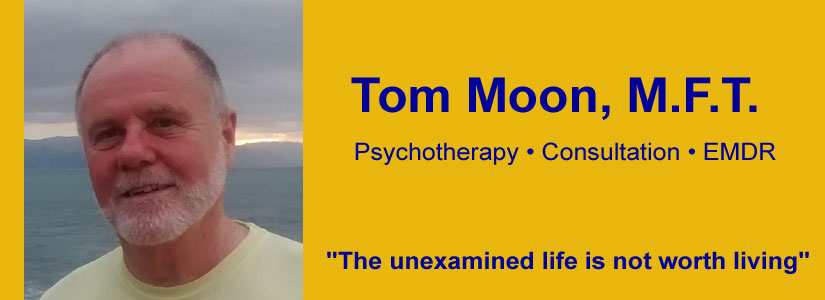In the previous column, I described dysfunctional families as “characterized by abuse coupled with denial that any abuse is going on; by disrespect and violations of members’ boundaries; by shaming and lack of empathy; and usually by a fair amount of chaos, often due to alcoholism or drug abuse,” and I noted that children in such families inevitably find themselves tracked into surprisingly predictable and limiting roles. The four most commonly discussed of these are the hero, the scapegoat, the lost child, and the mascot. Last time I discussed the hero role, and this time I’ll focus on the scapegoat.
Where the hero is most commonly the first-born child, the scapegoat is more often the second born. He or she is the “problem kid,” the “trouble maker,” the one who always seems to be rebellious, defiant, and hostile. Scapegoats receive a lot of negative attention in the family and get into trouble in school because they get attention in the only way they know how, by breaking rules, evoking animosity. and calling down punishment on themselves. But in behaving this way, they serve an important, if unacknowledged service to the family. By taking on the role of the “problem” they help the family cover up or deny its deeper issues (such as alcoholism, drug abuse, or untreated mental illness). They are constantly accused of doing what the scapegoater is actually doing. For example, a parent may constantly berate and yell at the scapegoat, and then accuse the scapegoat of being verbally abusive. But if scapegoats speak softly and thoughtfully, they may hear “What are you hiding?” Scapegoats don’t volunteer for their family role; they are usually assigned it at a very early age, and once they are assigned that role they can never win, because everything they do is seen through the lens of their “badness.”
Most scapegoats, in my experience, have a lot of courage. They are the ones who refuse to be silent, the truth tellers, the ones who verbalize or act out the problem which the family is attempting to cover up or deny, and for that they pay a heavy price. Because of their “disloyalty” they are the black sheep, the outcasts and the misfits. They’re treated with disdain and contempt, and they are attacked and disbelieved when they blow the whistle on destructive family behavior. As a result, behind their “tough” veneer, they usually feel a lot of shame and guilt because, deep inside, they believe what they’ve been told – that they are responsible for all the family suffering.
Scapegoats are caught in a trap which too many never figure out – that their conscious defiance is really unconscious compliance. By being “bad” and rebellious they actually help shore up the very system they despise and are trying to expose. Their psychological task – and it is a formidable one – is to access their authentic human dignity and to act from that, and not from the role they’ve been assigned. Having lived for so long in “the trance of badness,” it is crucial that they connect with people outside of the family who will help them remember that what they have come to believe about themselves – that they are bad, inadequate or defective – is not the truth, and that these perceptions are lies that were created to prevent family members from acknowledging their own problems. Scapegoats need relationships with people who can help them remember that their feelings of shame, guilt and self-blame were imported from the perpetrators, and belong to them, not to the scapegoat. Armed with that insight, it then becomes possible for the scapegoat to stop volunteering to be a dumping ground for the bad feelings of others, and to start standing up to accusations of being the one who is at fault. The interpersonal task then becomes to stop tolerating abuse from others, as in “If you want to have a relationship with me, you are going to have to stop the rages, the name calling and accusations, etc.”
This, in outline, is the typical path of recovery from the scapegoat role. I don’t want to be glib about it – it’s an easy path to describe, but it’s long and difficult to walk. For scapegoats, it is literally a battle for their souls.
Next Time: The Lost Child
